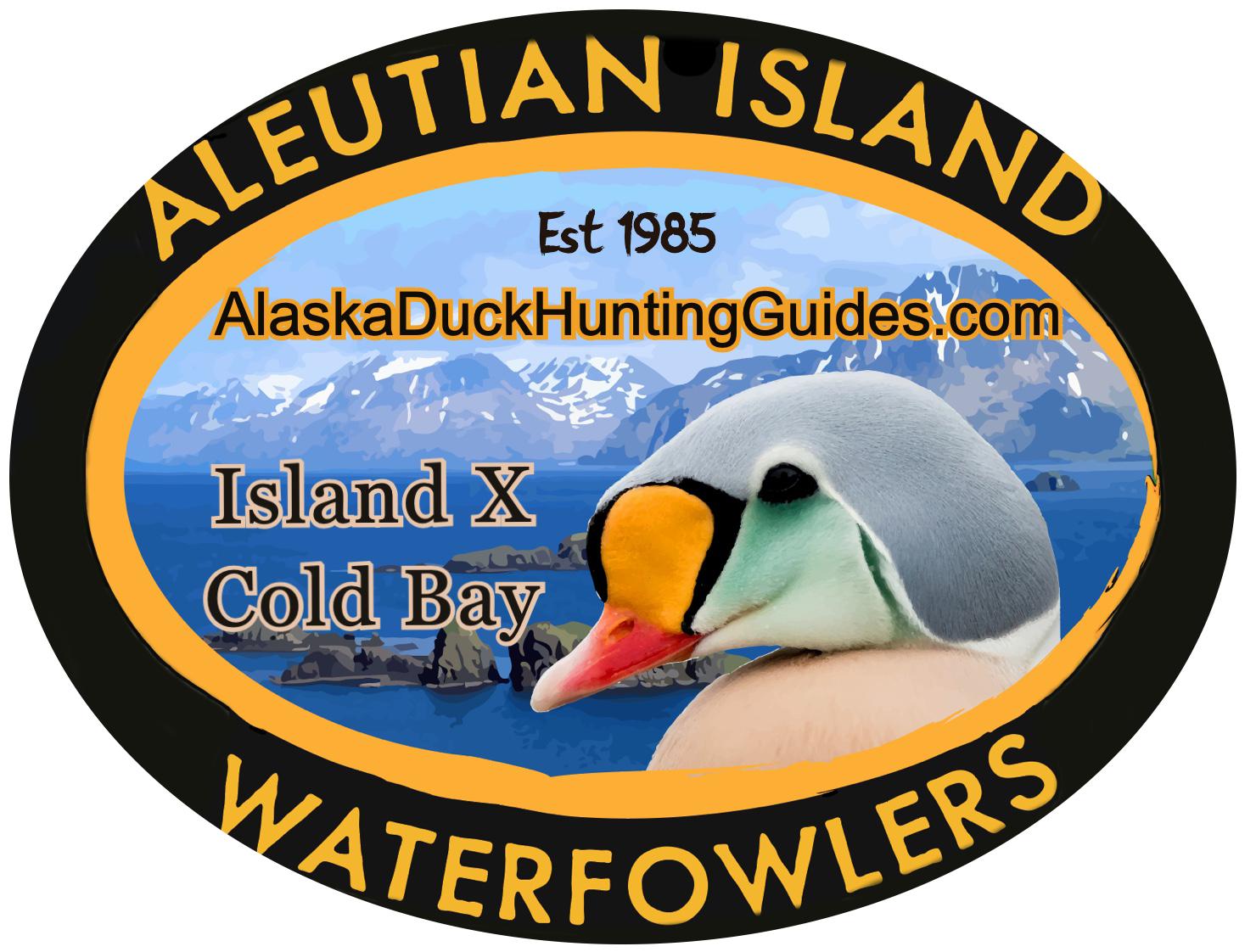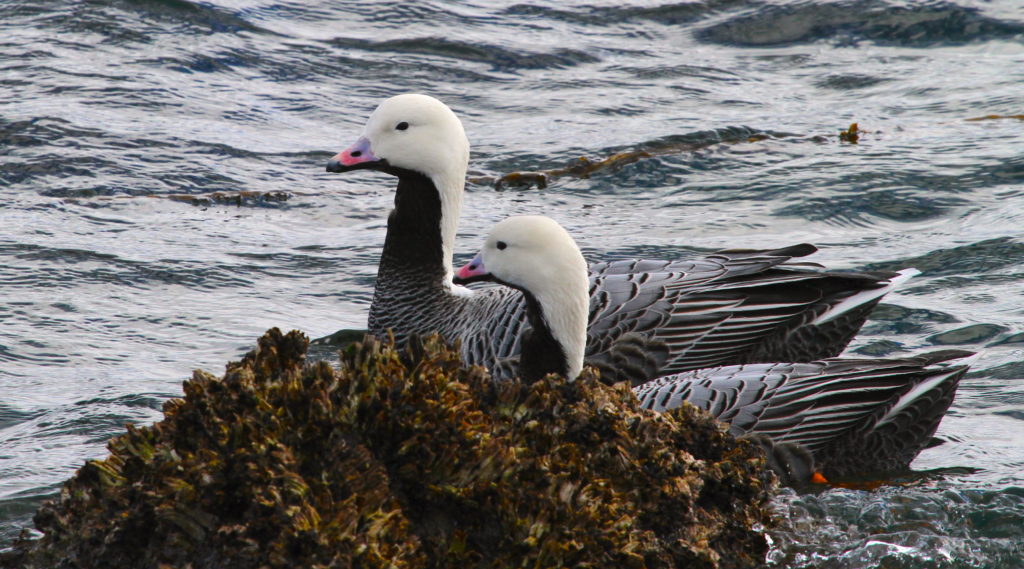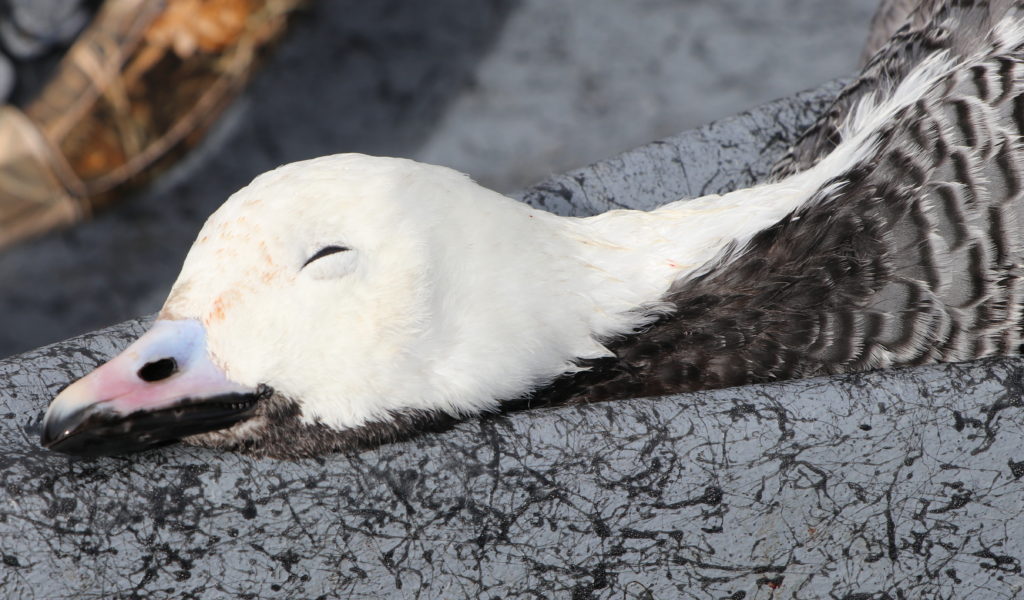EMPEROR GEESE
Emperor Geese (Anser canagicus) are called beach geese by Alaskans, they are a medium sized bluish/grey goose weighing approximately 6.2 lbs and 26-28 inches in length adults have a white head with a defined black/white contrasting neck pattern and a pink bill along with a white tail pattern. Alaska’s Emperor Goose population declined precipitously from 139,000 in 1964 to 42,000 in 1986. The recent comeback of the emperor geese to a stable population of between 80-90,000 birds has resulted in a very limited sport/Subsistance hunt allowing upto 1,000 emperors harvested annually total.
2017 was the first year since 1986 that Emperor Geese have been legally hunted by residents and in 2018,2019 hunting is open to 25 nonresidents by permit registration drawing. At the end of the 2019 season the powers to be will be reevaluating the 3 year hunt and will make changes or proposals to the hunt if populations continue to be stable or increase.
Where is the best Emperor Goose hunting
Large concentrations of Emperor Geese migrate down the Alaska Peninsula during Sept & Oct and stage up by the thousands around Coldbay Alaska in the Izembek State & Federal refuge along with large concentrations roosting in nearbye state waters including Kinzarof Lagoon near Coldbay the season is open from Sept 1st-Dec 16th on state land & waters. During December many of the Emperor Geese continue there migration down and spread out throughout the Aleutian Islands for there wintering areas. Dec 1-Jan 22 we offer late season hunts based in Adak Island as our guides are very experienced on Adak with a high success rate on these hunts also as we have a %100 success on our guided Emperor Goose hunts in both locations.
What to expect hunting Emperor Geese
Hunting for Emperor Geese is one of the top experiences any goose hunter can take part in, They are very vocal and calling and decoying them with mixed spreads of floaters and shells are very effective. We like a #6 shot hevishot load as they decoy very well and most shots are taken 20-30 yds. We utilize beach spreads along with layout boat hunts depending on the tides. Flying birds can be hard to 100% to identify due to immatures and there black flecking on the head.

Hunt with Alaska’s Top waterfowl guides team X-Treme



